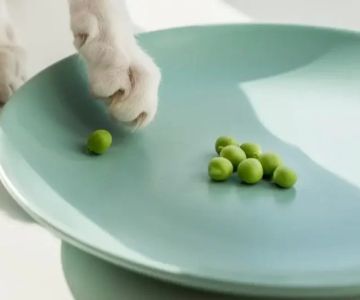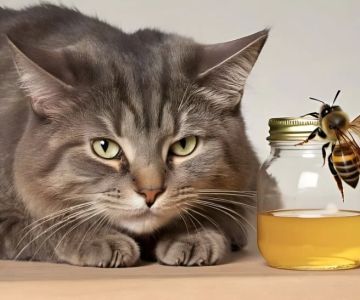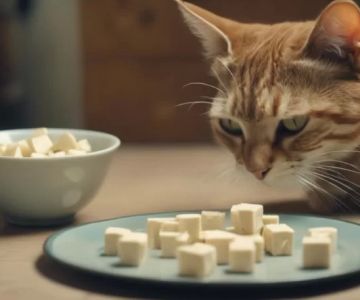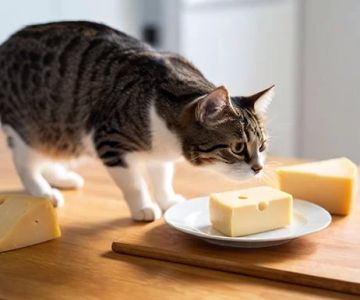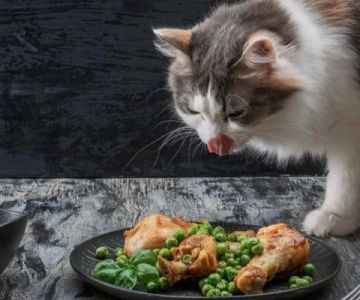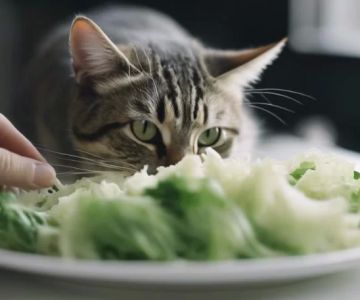- 1-Understanding-Peanut-Butter-For-Cats
- 2-Potential-Risks-Health-Concerns
- 3-Safe-Feeding-Tips-How-To-Offer-Peanut-Butter
- 4-Alternatives-Healthy-Treats-For-Cats
- 5-Professional-Advice-When-To-Consult-Vet
1. Understanding Peanut Butter for Cats
Many cat owners wonder: can cats eat a little bit of peanut butter? Peanut butter is not inherently toxic to cats, but their digestive system is very different from humans. Cats are obligate carnivores, meaning their primary nutritional requirement is meat-based protein. While a small lick of peanut butter is unlikely to harm, it should never be a regular part of their diet.
For instance, a cat owner shared a story online about their curious feline named Whiskers. During a family snack time, Whiskers managed to lick a tiny amount of peanut butter from a spoon. Fortunately, Whiskers experienced no adverse effects, illustrating that a little bit may be safe on rare occasions—but moderation is key.
2. Potential Risks & Health Concerns
Even though small amounts may be safe, peanut butter carries potential risks for cats. Most commercial peanut butter contains added sugar, salt, and sometimes xylitol, which is extremely toxic to pets. Here’s what cat owners should consider:
High Fat Content
Peanut butter is high in fat, which can lead to obesity or pancreatitis if consumed regularly.
Additives and Sweeteners
Check labels carefully. Xylitol is a sweetener that can cause life-threatening hypoglycemia in cats, even in tiny amounts.
Allergic Reactions
Although rare, some cats may be allergic to peanuts, resulting in vomiting, itching, or digestive upset.
3. Safe Feeding Tips: How to Offer Peanut Butter
If you decide to give your cat a tiny taste of peanut butter, follow these guidelines:
Step 1: Check Ingredients
Ensure the peanut butter is unsalted, unsweetened, and free from xylitol or artificial additives.
Step 2: Use Tiny Amounts
A small lick or a pea-sized dab is sufficient. Spread it thinly on a treat or your finger to avoid overfeeding.
Step 3: Observe Your Cat
Watch for any signs of digestive upset or allergic reaction after feeding. Immediate veterinary attention is necessary if symptoms appear.
For expert guidance on safely introducing new treats, Hidden Brook Veterinary offers professional advice and recommended products tailored to your cat’s health.
4. Alternatives: Healthy Treats for Cats
Instead of peanut butter, consider safer options that cater to a cat’s nutritional needs:
Meat-Based Treats
Small pieces of cooked chicken, turkey, or fish are ideal and satisfying for cats.
Catnip or Cat Grass
These provide sensory enjoyment without risk of digestive upset.
Commercial Cat Treats
Look for veterinarian-approved snacks with balanced nutrition. These treats ensure safety while still offering enjoyment.
5. Professional Advice: When to Consult a Vet
Even minor dietary experiments may require expert consultation. Seek professional advice if your cat shows:
- Vomiting or diarrhea after trying peanut butter
- Signs of allergy such as itching or swelling
- Chronic health conditions like obesity or pancreatitis
Veterinary professionals at Hidden Brook Veterinary can provide personalized feeding plans and safe treat recommendations for your feline friends.




